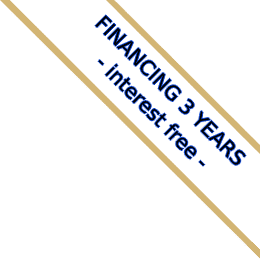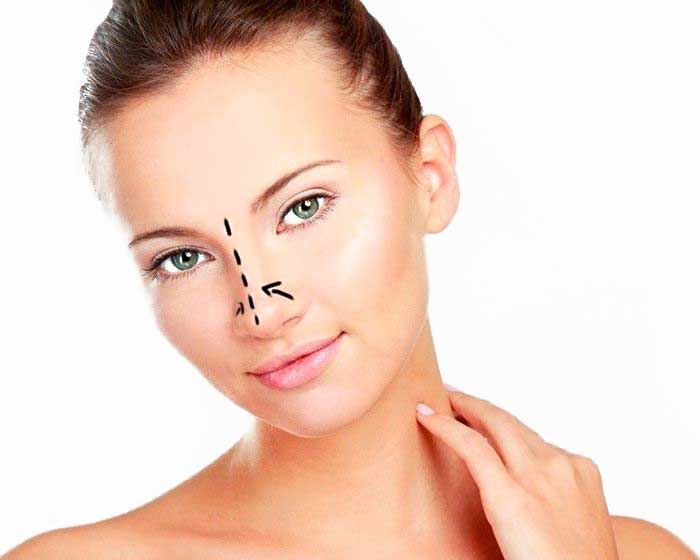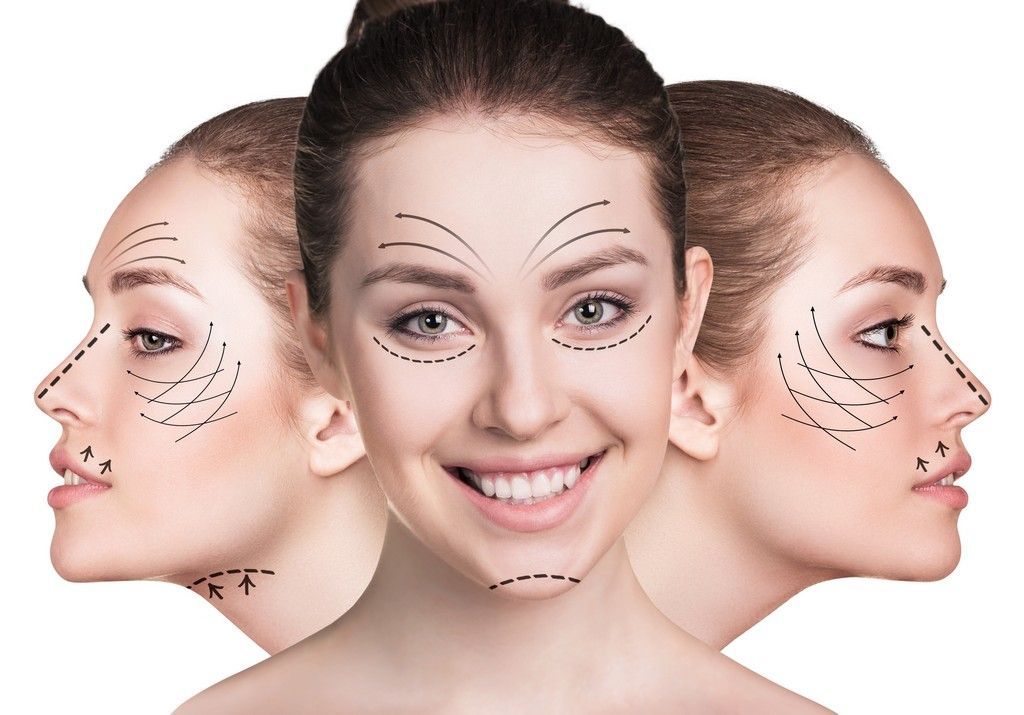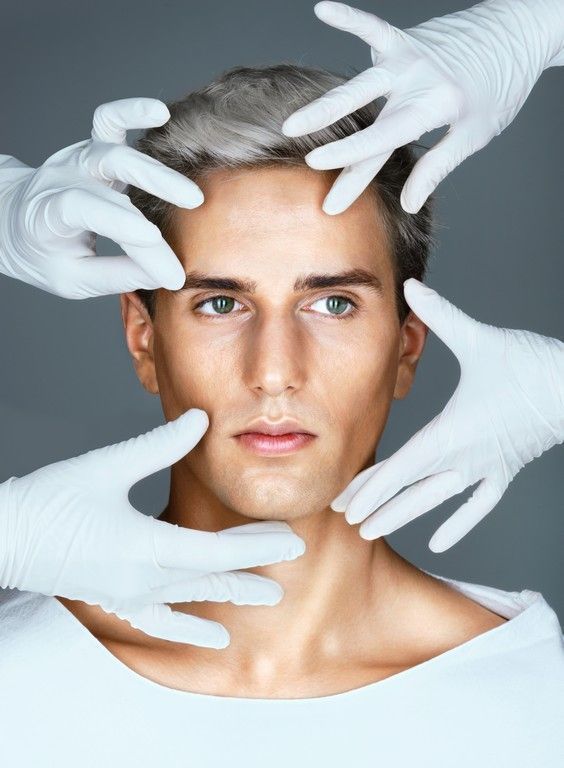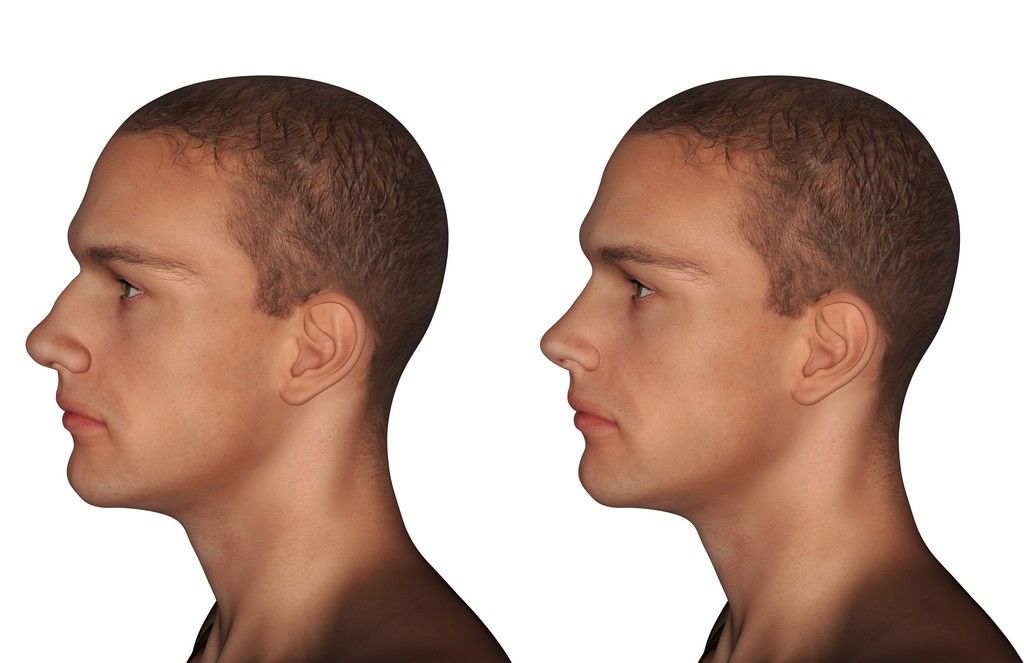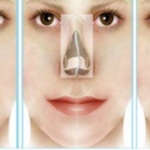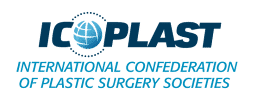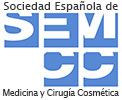Turbinoplasty surgery or turbinectomy | Nasal cornets
English subtitled video
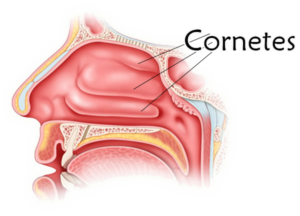
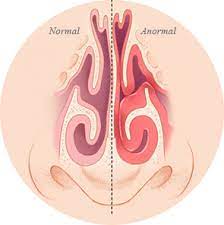
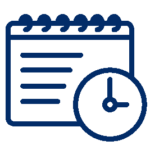
Book a visit
You can do it in 3 ways:
– Free on-site visit: Call +34 932066540 from Monday to Thursday from 9:00 am to 6:00 pm and Friday from 9:00 am to 3:00 pm.
– Free on-site visit with IMMEDIATE booking: For booking outside office hours. We charge 60 € on your card to avoid false bookings. It is refunded on the day you come to the consultation.
– ONLINE Visit: Video conference using whatsapp or Zoom. Cost of 60 € non-refundable. When booking indicate in the comments that you want videoconferencing and not on-site.
WHERE DO WE OPERATE?
At Clínica Sanza we rely on the Sagrat Cor Hospital, part of the Quirónsalud group, to perform our surgical procedures.
Its prestige, facilities, medical and healthcare staff, as well as its technology are a guarantee.
BARCELONA: A HEALTH HUB
Do you want to know why it is worth coming to Barcelona for plastic surgery and why so many people come from abroad?
WE ORGANIZE EVERYTHING FOR YOU
Your trip, your flight, your operation, your transfer and your hotel with our support agency. We work with the best travel agencies worldwide.
PATIENT’S PROFILE
People that present a difficulty to breath, due to allergic rhinitis, traumatisms, smoking, etc. And they want to improve their quality of life. Many times, this is associated to a deviated nasal septum.
PROCEDURE
The procedure is done under local anaesthesia and sedation with no need of incisions, as it is done through the nostrils. It is done with radiofrequency through electrodes that rise the temperature in the tissues, without damaging the adjacent structures, to reduce the size of the nasal turbinates. The reduction of the turbinate is immediate, although after an intervention it is normal that the nasal turbinates are swollen for at least 5 to 10 days, depending on each patient.
SURGERY DURATION
- 45 minutes to 1 hour
PROTOCOL
Preoperative
Evaluation of the degree of hypertrophy in the nasal turbinates through a rynoscopy and nasal ventilatory function
Follow specific guidelines as determined by the doctor
Scans, analytics and tests on cardiac and respiratory status
Anesthesia
Local and sedation, or general
Hospitalization
- Ambulatory
Postoperative
After a turbinoplasty a patient needs to use nose plugs for 24 or 48 hours
Resto during 24 hours
Anitbiotic treatment and anti-inflammatories
Weekly check-ups during 1 month
Convalescence
Normal life but no excessive physical activity because of the nose plugs
Be careful in not receiving any bumps in the treated area during one or two months
RESULTS
Improvement on the nasal ventilation
There is a clear psychological improvement related to the self-esteem and profile the patient has
Snoring can be eliminated, depending on each case
DIFFICULTY LEVEL
Simple operation
RISK LEVEL
Surgery with low risk
Possible complications
Post operatory bleeding
Infection
Formation of synechiae or adhesion between the turbinate and septum
Scab formation
Hypertrophy recurrency
Empty nose syndrome or atrophic rhinitis (especially if a complete resection of the turbinate has been done)
Whatever your case may be, do not hesitate in contacting us.
Clínica Sanza in Barcelona, Spain, quality service


